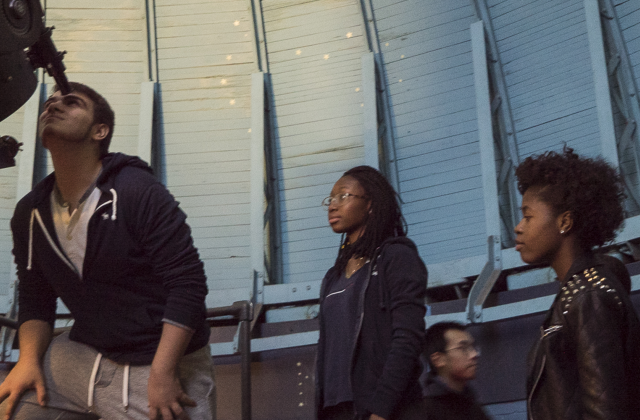Rafael Yuste

My commitment: Mapping the impenetrable jungles of the brain
If you stop neuroscientists on the street and ask them, "Why don’t we understand how the brain works?" nine times out of 10, they’re going to tell you it’s because it’s very complicated. What is complicated are actually the neural circuits, how the different types of neurons are connected. So the brain could be a big jungle. But that is speaking from ignorance because we still don’t really know how the circuits are connected.
I’ve argued that this “jungle” idea prevails because the techniques neuroscientists have been using traditionally look at neurons one at a time. If you’re in a jungle and you look at trees one at a time, well, it’s going to look impenetrable. But if you can lift yourself above the canopy, then you may see how it’s organized. My intuition is that those impenetrable jungles of the brain may be actually quite simple, but we’ve just been looking at them the wrong way. What we need are new methods to observe the activity of entire neural circuits. That's the focus of our work, to record and manipulate the activity of every neuron in a brain. When we first proposed this idea, many people said it was crazy, but the White House endorsed it, and it become The BRAIN Initiative.
There are many creative people taking on this challenge, so it’s not completely crazy to think that in 10 years we might have the ability to record the activity of individual neurons non-invasively. In fact, in some cases we’re getting close. In the future, we foresee the systematic mapping of brain activity—at the cellular level—in three dimensions, as a key to truly understanding the brain and mind.



